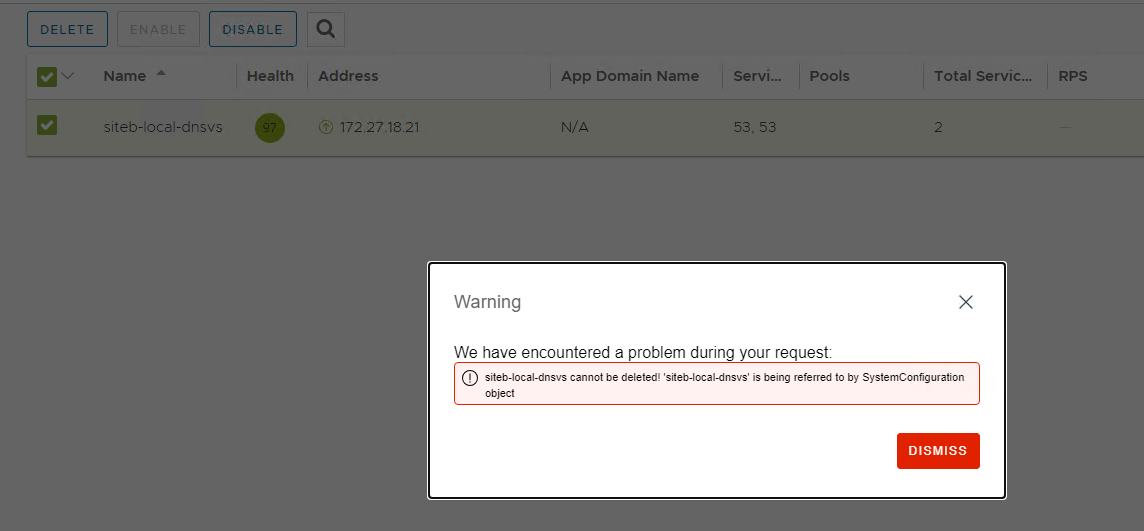Welcome to part 6 of the F5 to Avi migration series. The previous post in this series discussed the migration method for offline mode. In this post, I will demonstrate migrating complex L4 virtual services.
If you are not following along, I encourage you to read the earlier parts of this series from the links below:
1: Introduction to F5 to Avi Load Balancer Migration
2: F5 to Avi – Migration Strategy Framework
4: F5 to Avi – Online Mode Migration
5: F5 to Avi – Offline Mode Migration
Not all F5 virtual services can be migrated to Avi using the Avi Conversion Tool. The tool currently has a limitation of migrating L4 virtual services configured for SNI-based routing policy. When you attempt to convert such a VS to AVI format using the conversion tool UI, the tool skips the policies.
Migration of such virtual services is not possible through ACT UI, and you have to do this manually using the converter Python script.… Read More



